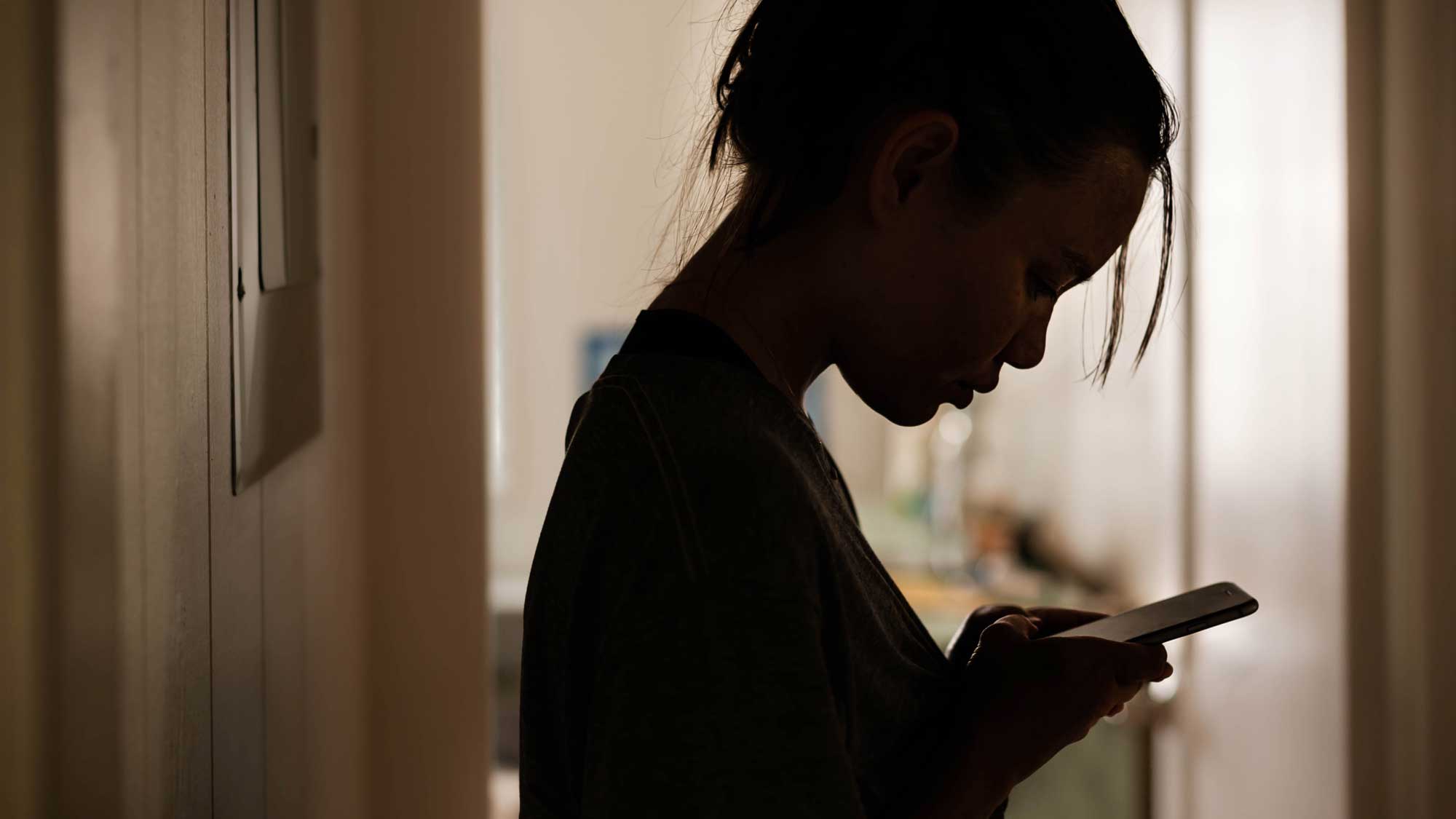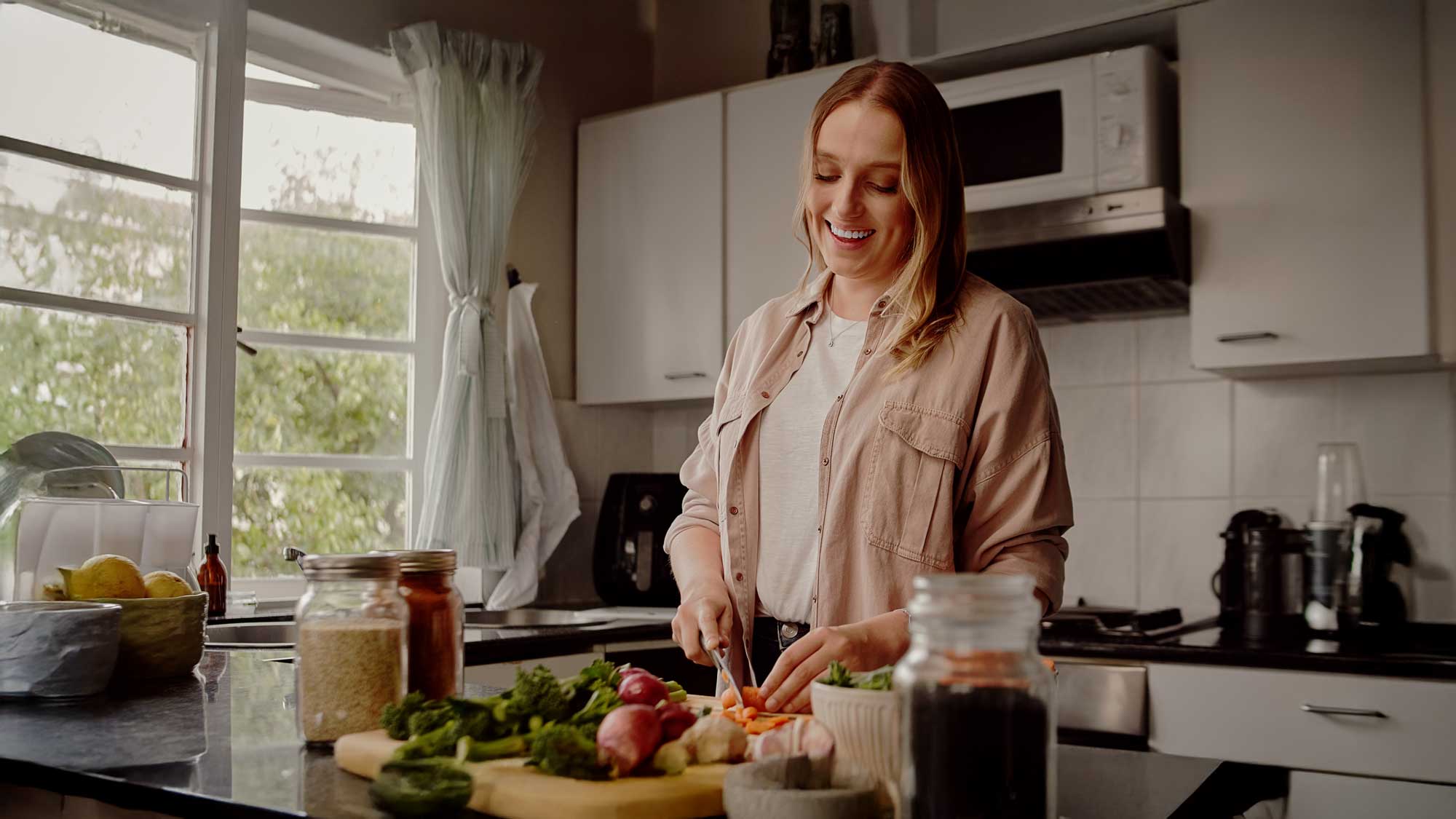In 2017, the World Health Organization reported that approximately 300 million people were living with depression, which equates to approximately 4.4 percent of the global population. In addition, approximately 3.6 percent of the global population was living with an anxiety disorder.
Following the initial outbreak of the COVID-19 virus, mental health experts have expressed concerns, as they anticipate to see a spike in rates of anxiety and depression.
While it’s normal to experience increased rates of stress, anxiety, and even depression during this time, mental health officials are particularly concerned about those living with a preexisting mental health condition.
The Psychological Impact of COVID-19
As reported by the World Economic Forum, lockdown associated with COVID-19 is the “world’s largest psychological experiment.”
As of early April, there are approximately 2.6 billion people around the globe who are in some type of lockdown — a number that continues to rise. That means that one-third of the world is currently facing the realities and hardships of quarantine.
As stated in a recent review, quarantine was linked to stress disorders, sadness, fear, irritability, insomnia, and exhaustion, as well as other psychological symptoms.
Those who had a history of psychiatric illness were found to experience increased rates of anxiety and anger months after being released from quarantine. The development of PTSD is also a key area of concern.
Some of the stressors associated with quarantine include but are not limited to:
- The duration (those quarantined for more than 10 days showed higher traumatic stress symptoms in comparison to those who were quarantined for less than 10 days).
- Fear, especially in relation to infection. Pregnant women and women with young children tend to be particularly concerned.
- Frustration and boredom, especially in terms of social isolation.
- Inadequate supplies — please refer to this guide on food planning.
How to Help Combat Rising Rates of Depression and Anxiety
Everyone’s lives have been dramatically altered, which is excepted to cause an epidemic of stress-related after-affects later this year.
With that being said, some are optimistic that action taken now could mitigate some of the negative psychological effects of COVID-19.
Maintain a sense of normalcy
Welcome new routines into your everyday life to encourage a sense of normalcy. Wake up at your usual time, shower, have a coffee, and get ready as if you were still going to work.
This keeps your brain more stimulated and ready for the day ahead. Whether you’re working from home, homeschooling your children, or simply spending time in your garden, it’s important to keep a routine to reduce feelings of stress and anxiety.
Try new things
Once you have developed a “new” normal in terms of your everyday schedule, why not try something new? Learn a new skill or expand on an old hobby.
Most importantly, limit your screen-time during this period. While video games and social media can provide positive social engagement, too much information from the media can be overwhelming and screen-time also promotes a sedentary lifestyle.
Go digital
If you miss your friends and family, take advantage of all the great apps out there to chat on a regular basis. You may actually find that you have more time to catch up with loved ones.
After catching up with those outside of your home, focus on the individuals you live with. This is the perfect time to bond through board games, puzzles, and other stress relievers.
Do not ignore your mental health treatment
Perhaps most importantly, if you or someone you love was living with a preexisting mental health condition before the outbreak, it’s important to continue treatment. Learn more here.






